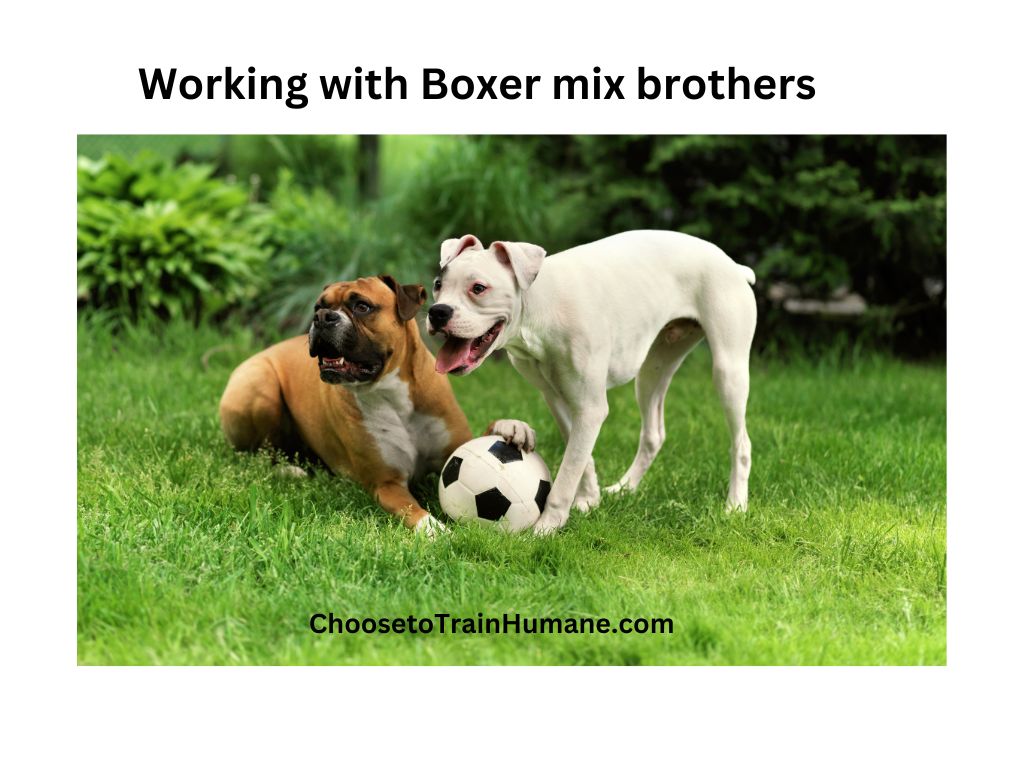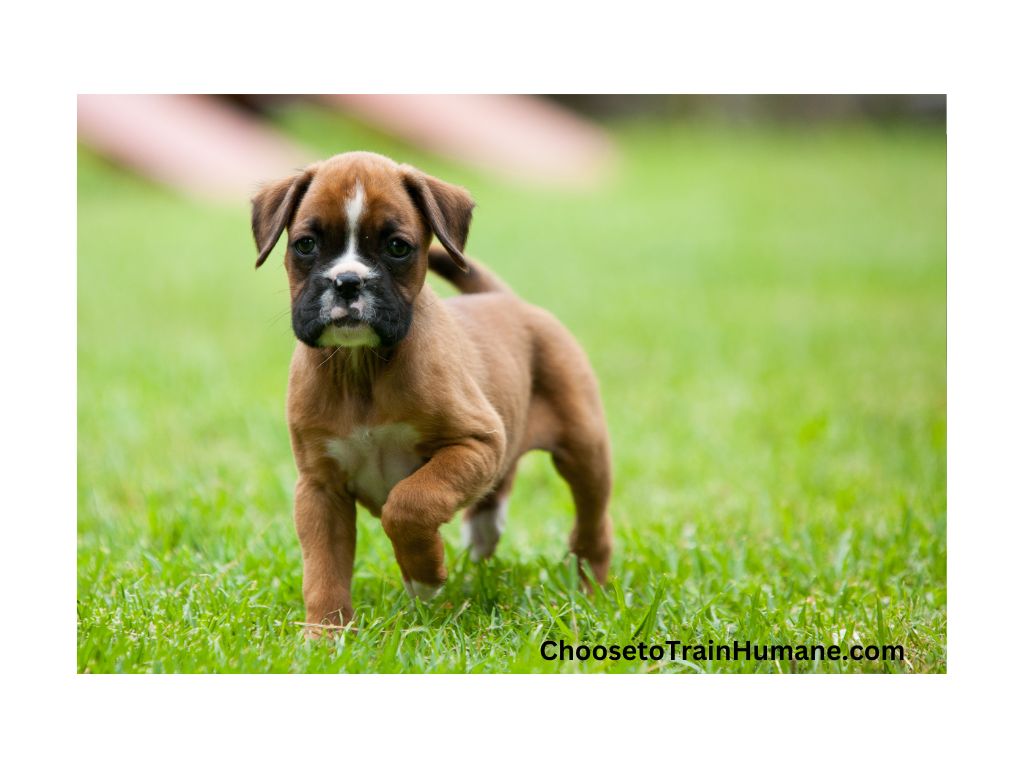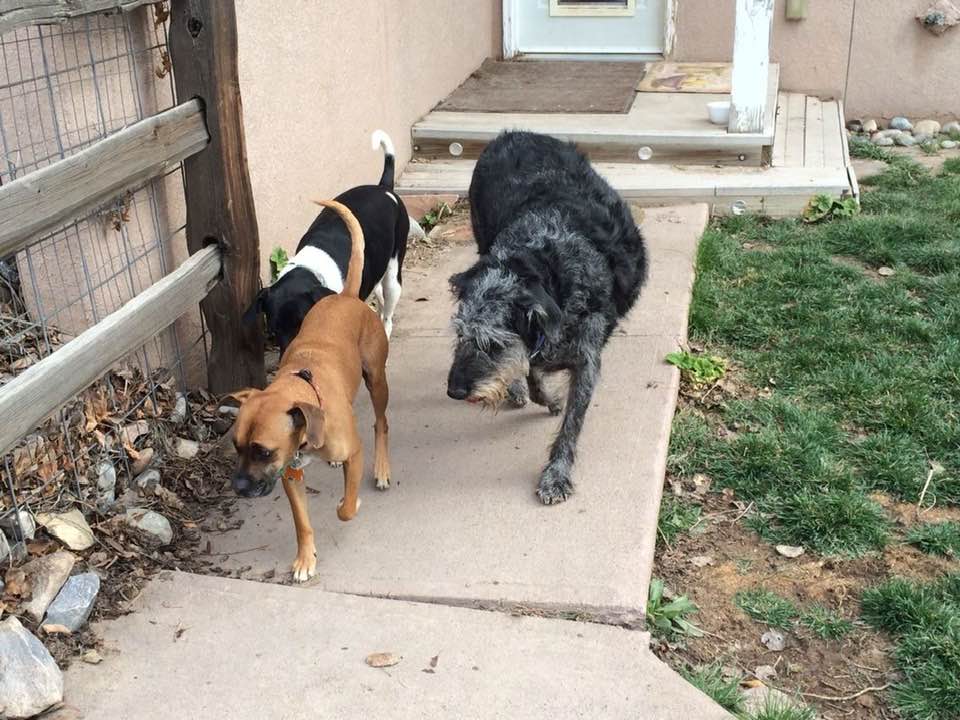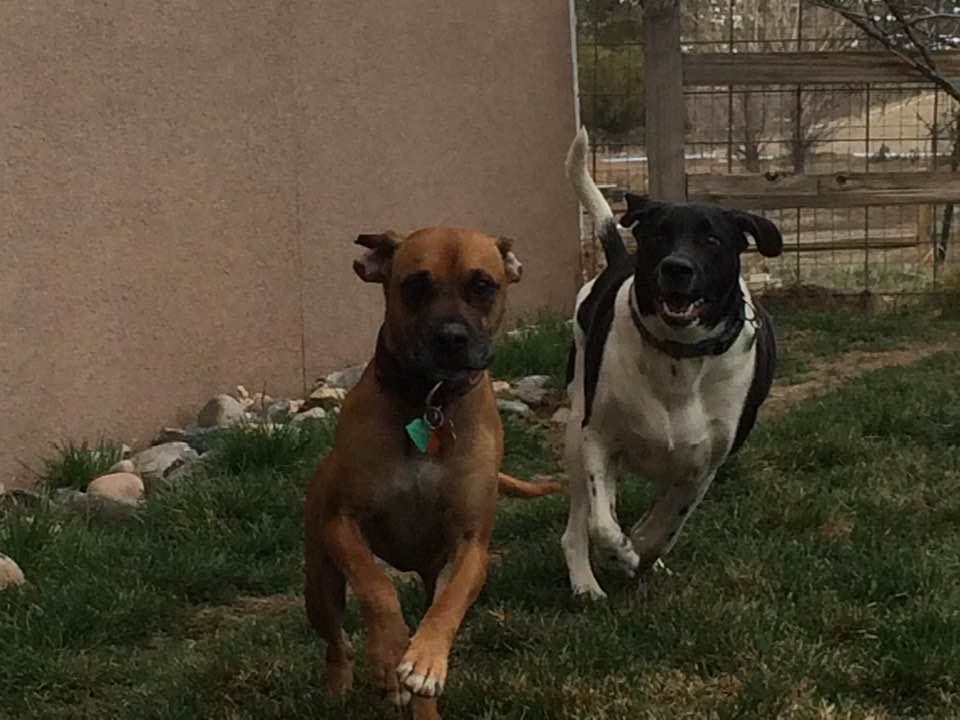By Pro Canine Trainer Annie Phenix, ACB-KSA
ChooseToTrainHumane.com
I can often feel sorry for dogs, even those living in the lap of luxury. One reason I do is that dogs are masters at knowing ways of communicating, both with each other and with humans. It feels on most days that human beings have very little clue at what a dog is communicating with unique canine body language. A recent study by an international team of researchers led by Elizabeth Ann Walsh of the Cork Pet Behavior Centre in Ireland revealed that owners still are not able to accurately judge the meaning in many canine behaviors (read about the study here).
Canine communication can be extremely subtle and incredibly fast. Because dogs are the magnificent creatures that they are, many of us forget that they are, in fact a separate species from us with completely different communication styles. Dogs have all but mastered us but we lag far behind in understanding their communication styles and dogs suffer for it.
I want to share two cases I’ve worked on to demonstrate both how sensitive canine language can be.
The Boxer Brothers:
I met with the owners of a pair of sibling Boxer mix puppies who were 6 months old. The sibling’s rough-housed with each other and sometimes that played turned into a fight. Neither dog had hurt the other but their unruly play style was increasing and the owners were getting every more concerned about the behavior. When people bring their dogs to me, it can feel more like a human therapy session than it does a dog training session for the first hour. I ask for as much detail as I can get from the speaking species prior to our meeting. While I was working with the pups, I noticed that if I put my hand down to pet the smaller one – the runt of the litter – he immediately curved his body away from me, licked his lips and then nearly instantaneously redirected his energy onto his brother, who responded with what looked like a “Why, brother? Cut it out!” response. If they were not interrupted, a scrabble between them would ensue.

I asked if the runt puppy might have any known back pain where I had been softly petting him. The owners lived in the country and the brothers ran around in their horse pasture and sometimes did tumble over so a muscle injury was within the realm of possibilities. I asked the owners to watch the very quick change in the runt’s body language, posture and frantic energy every time I reached down to touch him. The young dog could be in a lovely sit, focused on me and being still but the second my hand touched him lightly, he became frantic and then redirected his anxiety onto his brother.
I knew the couple had not harmed this young dog – they were gentle and kind dog owners. I asked them if they knew of anything that could have happened to the puppy before they brought him home at 8 weeks and that question brought us the needed information. The husband told me they had gone to the breeder to pick up just one puppy but as they were making their choice of which puppy to bring home, a 3-year-old child in the home came around the corner clutching the runt puppy by his front legs (please parents – never leave children and dogs unsupervised!), carrying the puppy in a manner that looked uncomfortable and scary to the pup. The owners looked at each other and said they would take two dogs that day.
A puppy brain is a vulnerable organ still forming and if something happens during a puppy fear period (the first of as many as three happens generally between 8 and 11 weeks), that can leave a mark or memory in the brain that may remain as a fearful association for the dog’s life. Even if the puppy isn’t in a fear period, their little bodies and forming brains must be treated with care and protection.

My assessment was that the little boy had neglectfully been allowed to haul around a very vulnerable puppy who was also the runt of the litter so the pup arrived already stressed as it had to struggle to get food simply by being the smallest one. This dog learned in a fear period that human touch can be scary. He had been with a loving family for a few months who did not harm him and he was now conflicted about what a hand reaching in for him meant. With his new family it meant a loving touch but because he was sacred and hauled around by a rough 3-year-old child during his development, touch could also be aversive. We developed a plan to help this young dog learn that human touch was a good thing indeed.
Baxter’s Story:

I worked with a darling little mixed breed dog named Baxter for more than a year. He came from the local shelter so his owners didn’t know anything about his history. They quickly learned in a matter of days that he had severe separation anxiety. He also began leash lunging at other dogs as well as getting into fights during off leash hikes. His owners are big hikers and they loved seeing Baxter run through the woods off leash where legal to do so (we call him the Brown Rocket) because he loved to run so very much but they had to stop letting him off leash after a few altercations.
I observed Baxter around my own non-reactive dogs. I needed to understand why it was that Baxter was absolutely fine with my crew but was lunging at other dogs. Was he a frustrated leash greeter? Were the other dogs being rude in their approach? I often used Baxter in my reactive dogs classes as a recovered reactive dog as he made such good progress with me.

I was able to narrow down Baxter’s feisty reaction to food of any kind being present. If you had any kind of food on you, Baxter could tune out the world. In fact, he was down right frantic when food appeared. We even reduced the intensity of the flavor of training treats to see if he would get as jazzed about a dry biscuit as much as a meat treat. He would frantically gobble ANYTHING without even tasting it. Food created anxiety or perhaps conflict for him and sent him into overdrive, especially if another dog was present. Perhaps he had been a starving puppy or food was scare? Who knows? We could only go by his body language and change in energy every time food appeared.
I also noticed a very subtle shift in his body language near by big friendly dog named Monster. I did not notice but boy Baxter sure did that Monster was lying next to a bone. Baxter spied the bone and stood over it and in a mili second he gave my dog a canine warning of a hard stare and a stiff body. It happened so quickly that an owner would need to understand canine body language to know what they were seeing. I got up calling my dog to me and then swiftly picked up the bone.
We worked on having Baxter be with my dogs while they all have their own space to work on a bone. And we made sure Baxter had all the food he desired in a safe space every day. He made terrific progress. I did not let him “work it out” with by dogs because his anxiety around food or chew bones is too high for him to work it out without a dog fight (please never let dogs “work it out” themselves – they need guidance and supervision!). If there is no food present, he had zero conflict with other dogs, even those rude greeters he met on the trail as he was now able to resume his off leash mountain hikes.

We continued to work with Baxter to help reduce his “snap” judgment or response to food being present and he is able to handle it better and better every month. We had to show him that just because another dog is nearby when food is present, he will not lose his share. Last time he came by for a visit, we all enjoyed a cook out for the humans and Baxter and my dogs all enjoyed their own bone in their own spaces, sitting contentedly chewing within mere feet of one another.
Annie Phenix, ACB- KSA, has achieved many certifications including Certified Canine Behaviourist (INTODogs), Family Dog Mediator (FDM), CPDT-KA (Retired), Fear Free Certified Professional, Graduate of a Schutzhund Dog Academy, CGC Evaluator, Nose Work Instructor, and many others. She is the best-selling author of canine behavior books, including her most recent title: Positive Training for Aggressive and Reactive Dogs. Learn more about Annie on her website: www.ChoosetoTrainHumane.com
